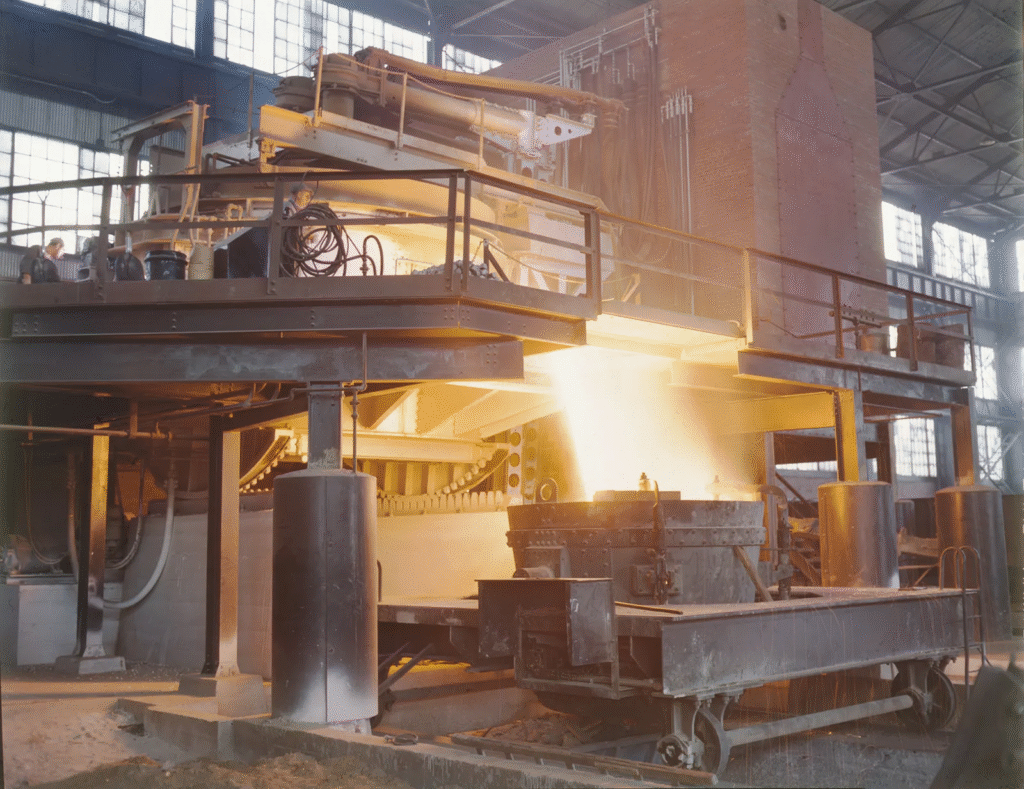
A Comprehensive Guide to Understanding Steel Production
Steel production stands at the core of modern industrial processes, driving infrastructure, manufacturing, and technological advancements worldwide. In this comprehensive guide, we delve into the intricacies of steel production, exploring its processes, innovations, environmental impacts, and future trends.
Introduction: Unveiling the Backbone of Industry
Steel, renowned for its strength, versatility, and recyclability, plays a pivotal role in sectors ranging from construction to automotive and beyond. Understanding how steel is produced offers insights into its significance and the complex operations involved.
Chapter 1: The Basics of Steel Production
Steel production begins with the extraction of iron ore, which undergoes smelting in blast furnaces to produce molten iron. This raw iron is then refined through various processes to achieve specific grades and compositions tailored to diverse industrial applications.
Table 1: Overview of Steel Production Processes
| Stage | Description |
|---|---|
| 1. Iron Ore Extraction | Mining and processing of iron ore into iron ore pellets. |
| 2. Ironmaking | Conversion of iron ore into molten iron in blast furnaces. |
| 3. Steelmaking | Refining molten iron into steel through oxygen, electric arc, or induction furnaces. |
| 4. Casting & Rolling | Shaping and forming molten steel into various products such as sheets, beams, and bars. |
Chapter 2: Innovations in Steel Production
Modern steel production embraces advanced technologies and sustainable practices to enhance efficiency and reduce environmental impact. Innovations include:
- Graphene Coatings: Enhancing steel’s durability and corrosion resistance.
- Industry 4.0 Integration: Utilizing IoT and AI for predictive maintenance and process optimization.
- Green Steel Initiatives: Recycling scrap steel and reducing carbon emissions.
Graph 1: Impact of Graphene Coatings on Steel Durability
Chapter 3: Environmental Considerations
The steel industry faces challenges related to energy consumption and emissions. Efforts to mitigate environmental impact include:
- Energy-Efficient Technologies: Adoption of electric arc furnaces and hydrogen-based steelmaking.
- Carbon Capture and Storage (CCS): Capturing and storing carbon emissions from steel production processes.
Chapter 4: Future Trends and Outlook
Looking ahead, the steel industry is poised for transformative changes driven by:
- Digitalization: Integration of big data analytics and AI for smarter production processes.
- Circular Economy: Embracing closed-loop systems to maximize resource efficiency.
- Advanced Materials: Development of high-strength steels for lightweighting applications.
Navigating the Steel Production Landscape
In conclusion, understanding steel production involves grasping its fundamental processes, ongoing innovations, environmental impacts, and future trajectories. As global demand for steel continues to grow, so too does the industry’s commitment to sustainability and technological advancement.
References
- Industry reports, academic journals, and interviews with experts in steel production.
- Data from leading steel manufacturers and industry associations.




